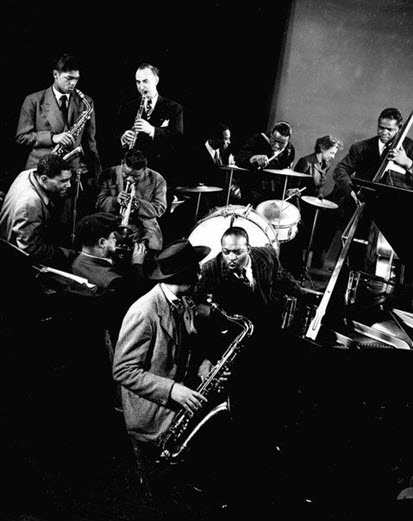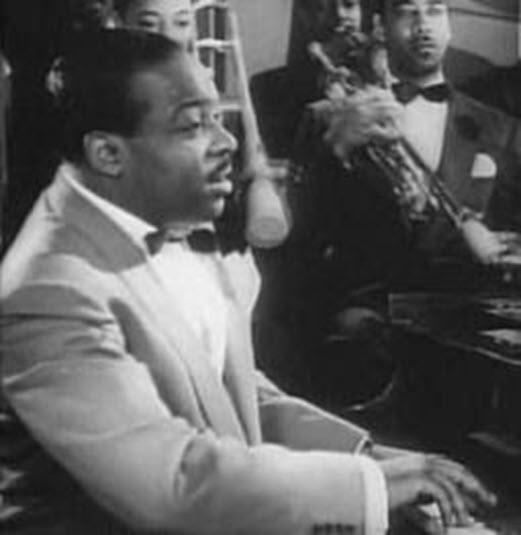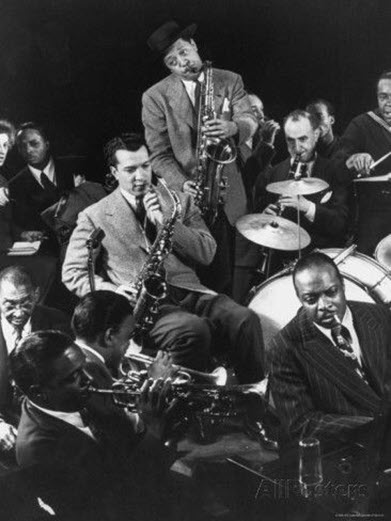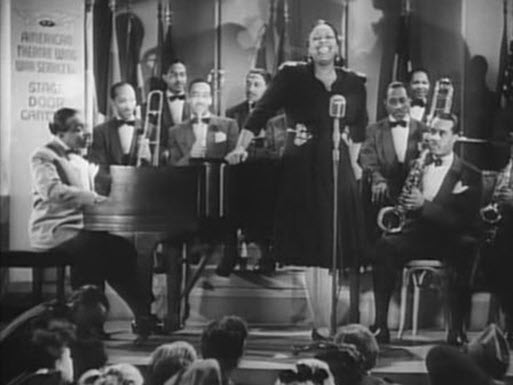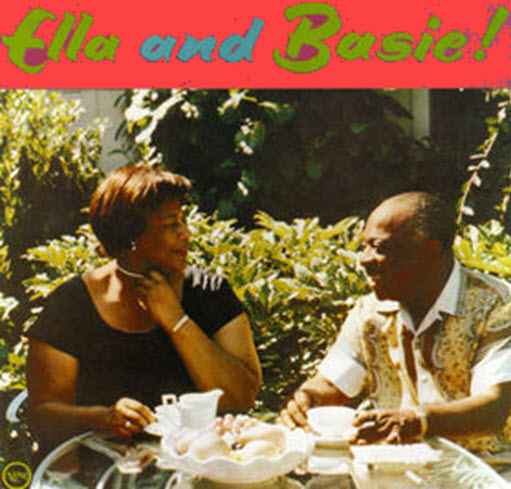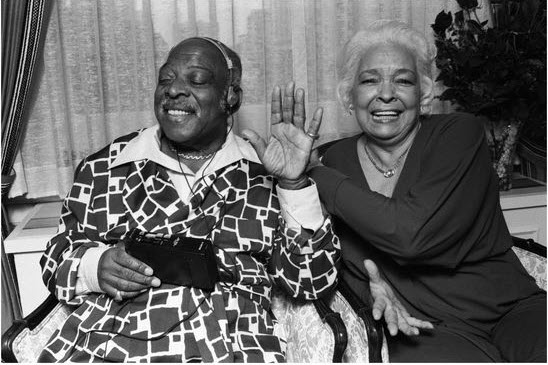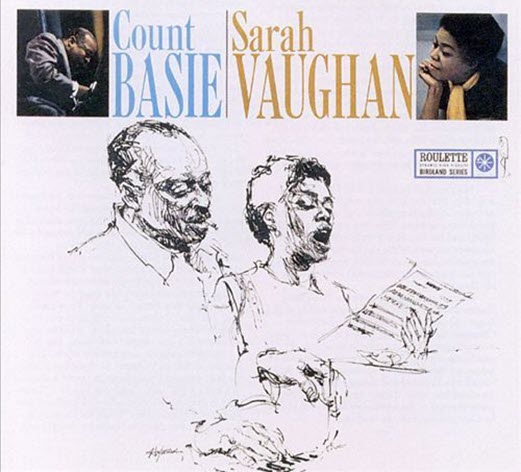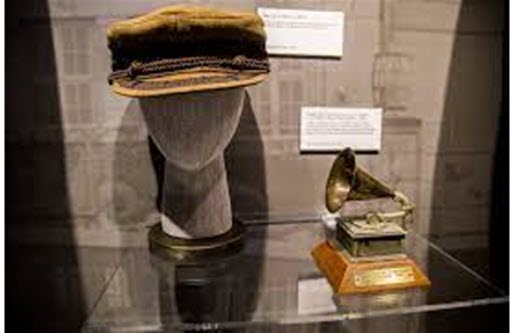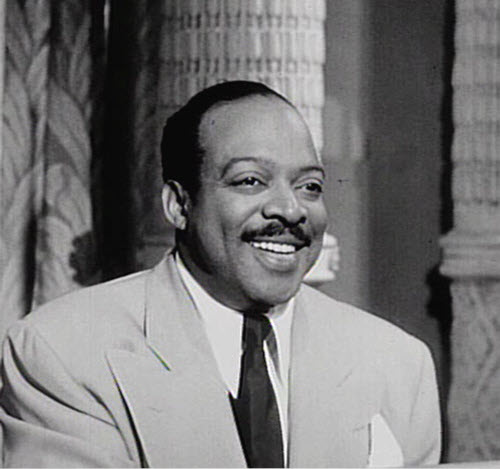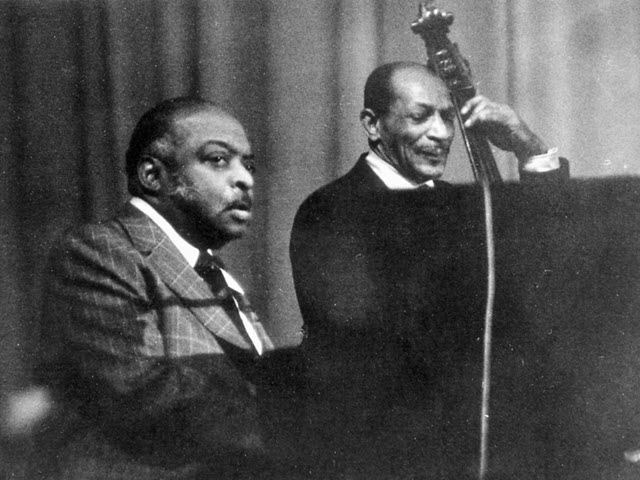The bandleader-pianist count Basie is regarded as one of the all-time geniuses and influential persona of jazz music. Count Basie was a key figure in shaping the big-band style that marked popular pieces in the mid-twentieth century.
He pioneered the big-band swing style, and his unusual skill of merging blues and jazz aided in establishing swing as a dominant music style.
In the mid-twentieth century, Count Basie changed the jazz landscape and influenced mainstream music, earning the title “King of Swing.”
He directed the ensemble for nearly 50 years, pioneering innovations such as using two “split” tenor saxophones, accentuating the rhythm line, improvising with a large band, and utilizing arrangers to extend their sound.
Baise was a multi-instrumentalist, although his primary instruments were the piano and organ.
As he was the justice of the big-band swing sound, his unique fusing blues and jazz established swing as a predominant music style.
His name was William James Basie, although he was known as Count later.
He was from Red Bank, New Jersey, United States.
10. Early Years and Professional Development
Count Baise was born on August 21, 1904, in New Jersey. William Basie’s father was a wealthy New Jersey judge’s coachman and caregiver, and his mother was a pianist.
She taught him his first piano lessons for 25 cents a lesson. He had a fantastic ear and could imitate any song he heard.
After dropping out of junior high school, Basie learned to operate vaudeville lights and improvise piano accompaniment for silent films at his hometown’s little movie theater, which would ultimately become the Count Basie Theatre.
Basie began playing the piano exclusively when he was 15 years old. He performed with pick-up bands for dances, hotels, and private shows.
Baise hung around with other musicians at a pool hall when Baise wasn’t performing, learning about forthcoming gigs. Basie’s career in vaudeville began when he was 20 years old.
In the 1920s, Basie traveled extensively as a soloist, accompanist, and music director for blues singers, dancers, and comedians. During his travels, he met numerous jazz musicians, including Louis Armstrong.
9. John Hammond and the very first recordings
Count Basie and his band shifted from Kansas City to Chicago in 1936. Basie’s band was famed for its rhythm section, which included two tenor saxophonists.
When John Hammond heard Basie’s band on the radio, he invited them to record in performances of Lester Young’s early recordings. Hammond encouraged them to participate in Lester Young’s early recordings of live concerts.
Vocalion Records published “Shoe Shine Boy,” “Evening,” “Boogie Woogie,” and “Oh Lady Be Good.” Basie had already contracted with Decca Records when he produced the Vocalion recordings, but his first recording was not until January 1937.
Jhon quickly began booking the band and promoting them to agencies and record labels, paving the way for their big break.
Count Basie and His Barons of Rhythm traveled to New York in 1937 to record their first album with Decca Records under their new name, The Count Basie Orchestra.
8. The Count Basie’s Big Band
Count Basie made his first homecoming appearance in Red Bank, New Jersey, in 1938. Billie Holiday was introduced to Count Basie by Hammond.
Following that was the band’s first appearance at the Apollo Theater, with vocalists Holiday and Jimmy Rushing receiving the most attention.
Count Basie’s Orchestra recorded and toured nonstop for the next thirteen years. The orchestra’s recordings represented the pinnacle of the Kansas City sound.
Basie’s 14-man big band began playing at the Famous Door, a mid-town nightspot with a CBS network feed and air conditioning, in 1938.
As Benny Goodman recorded their signature “One O’Clock Jump” with his band, Holiday left for Artie Shaw’s band a few months later.
Hammond introduced Basie to Helen Humes, who worked for him for four years. Dicky Wells took Eddie Durham’s place when he left for Glenn Miller’s orchestra.
On February 20, 1940, Count Basie and his orchestra made their radio debut in Boston. The band appeared in a musical film starring Ann Miller and in an Armed Forces Radio “Command Performance.” Basie kept a big band with an infectious rhythmic beat, team spirit, and talented soloists.
Basie left MCA and signed with the William Morris Agency, getting better fees. In 1950, financial considerations forced Basie to disband the orchestra, but he reorganized it for a new era.
Basie made some of his most popular, most famous, and critically-acclaimed work during this period.
7. Bands’ Second Incarnation and the Post-War Era
After the war, it appeared that the significant band era had come to an end, and Basie disbanded the group. In 1950, Count Basie headlined the Universal-International short film “Sugar Chile.”
He reformed his big band as a 16-piece orchestra in 1952, and the new band was in high demand and toured widely across the world.
This group was ultimately called the New Testament band. Basie included bebop influences, and he insisted that “it all had to have felt.”
Norman Granz got them into the Birdland club and promoted the new band through recordings on the Mercury, Clef, Verve labels. Bebop musicians like Charlie Parker, Dizzy Gillespie, and Miles Davis shared Birdland with Count Basie’s ensemble.
The “Birdland Stars of 1955,” including Sarah Vaughan, Errol Garner, Lester Young, George Shearing, and Stan Getz, toured with Basie.
Count Basie and Duke Ellington collaborated on “The Count Meet the Duke” for the first time in 1959.
They gave spectacular concerts for kings, queens, and presidents and released a slew of records under Basie’s name and as the backup band for other vocalists, most notably Frank Sinatra.
6. Basie’s collaborations with well-known vocalists
Basie’s star was linked to some of the most well-known vocalists of the 1950s and 1960s. Ella Fitzgerald and Count Basie made numerous outstanding records together, including the 1963 album Ella and Basie!
On Sinatra-Basie, released in 1962, Frank Sinatra collaborated for the first time with Count Basie.
In the late 1950s, Count Basie recorded with Tony Bennett. Count Basie’s greatest regret was that he never recorded with Louis Armstrong.
5. Personal and Martial Life
Basie was a member of African American fraternity. In Kansas City, Missouri, on July 21, 1930, Count Basie married Vivian Lee Winn. They divorced shortly before 1935. Basie returned to New York City sometime around 1935.
On July 13, 1950, he married Catherine Morgan in the King County courthouse in Seattle, Washington. They relocated to Queens in 1942. Diane, their only child, was born on February 6, 1944, with cerebral palsy.
Catherine Basie died of heart illness at 67 years on April 11, 1983, in Freeport, Grand Bahama Island. Diane passed away in October of 2020.
Count Basie’s health deteriorated in his final years, and he died of pancreatic cancer on April 26, 1984, in Hollywood, Florida.
4. Honors and legacies
Basie was a real pioneer who led the band for about 50 years and recorded on over 480 recordings.
He is recognized for inventing the two “split” tenor saxophone, stressing the rhythm section, riffing with a big band, using arrangers to widen their sound, and layering outstanding vocalists wonderfully.
Basie was well-known for his modest yet mesmerizing piano playing style and precise, flawless musical leadership. Count Basie exposed many people to the Big Band sound and created a lasting legacy.
In 1974, he was awarded an honorary doctorate by Berklee College of Music. Basie was honored in the Blues Hall of Fame in 2019.
Astronomers named asteroid 35394 Count Basie after discovering it at Caussols in 1997.
3. Grammy Hall of Fame and Awards
Basie was the first African-American to get a Grammy Award in 1958. Count Basie’s Grammy Award wins include Best Jazz Performance in 1958, Best Performance by a Band for Dancing in 1960, and Best Performance by an Orchestra – For Dancing in 1963.
Best Jazz Big Band Performance in 1977, Best Jazz Instrumental Performance, Big Band in 1980, 1982, and 1984.
Four of Count Basie’s albums were inducted into the Grammy Hall of Fame in 2011. These were One O’Clock Jump in 1937, Lester Leaps In 1939, April in Paris in 1955, Everyday (I Have the Blues) in 1955.
On May 23, 1985, President Ronald Reagan was awarded the Presidential Medal of Freedom honoring Count Basie.
The United States Postal Service published a Count Basie 32 cent postage stamp. In May 2019, he was inducted into the Blues Hall of Fame in Memphis, Tennessee.
2. Basie proceeded without Stopping!
Despite suffering from diabetes and severe arthritis in his final years, Count Basie led his band until he died in 1984.
The band continued further into the following century, with Thad Jones, Frank Foster, and Grover Mitchell taking turns as leaders at various times.
Good Morning Blues, Basie’s autobiography co-written with Albert Murray, was published posthumously in 1985.
Along with Duke Ellington, Count Basie is recognized as one of the two most prominent and influential bandleaders in jazz history.
1. From Bill Basie to Count Basie
Over the years, there were other interpretations, but Basie himself cleared it up with the account reported in The Story of Jazz As Told By The Men Who Made It (1966).
“I received the name Count in Kansas City in 1936 while at the Reno Club.” Back then, I was known as Bill Basie.
One night, when we were airing, the broadcaster asked me to the microphone for the regular few words of introduction.
He said that Bill Basie would have a known name. “Bill, from now on, I’ll refer to you as Count Basie,” he added. Is that all okay with you?”
I thought he was joking, shrugged my shoulders, and said, “Okay.” That was the last time I was presented as Bill Basie.
Conclusion
Basie was a real pioneer who led the band for about 50 years and recorded on over 480 recordings. Basie was well-known for his modest yet mesmerizing piano playing style and precise, flawless musical leadership.
He left behind a nearly unrivaled heritage of musical excellence, having released or been associated with dozens upon dozens of records during his lifetime.

